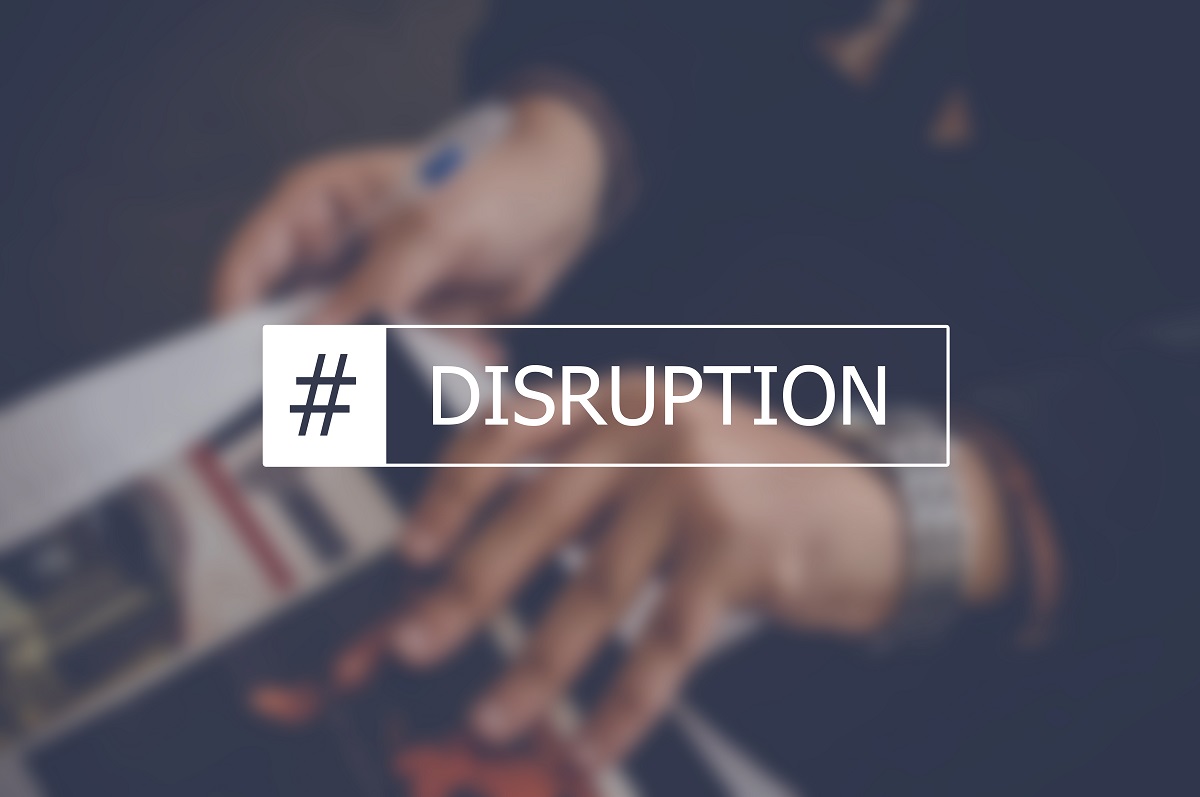Technology
Why Disruption is not Disruptive Anymore

In the past decade, disruption was the in-thing. You’d see this word in every pitch deck, in meetings with entrepreneurs or even in boardrooms with an investors.
Do we need a reality check when it comes to using this word?
First, let’s understand what disruption is
The word disruption first made its way into the business glossary in the year 1997 when Clatyon Christensen published his book – The Innovator’s Dilemma. He stated in his book that companies which take care of their customers’ future needs, rather than just the current ones, will be the real game changers or disrupt the way business is done by the established players.
The disruptors create markets when there aren’t any. They create demand even when the customers don’t know whether they are ready for it.
Sadly, every startup or business has used and abused the term over the years to call every innovation as ‘disruption.’
Let’s explain with an example
The big picture of Netflix
Netflix is a prime example of disruption because it has truly changed the way we watch TV in our living rooms. The company saw the future of blazing internet speeds, and the ways in which it would transform the entertainment industry.
Therefore, from being just a platform that delivers movies on demand by mail, Netflix became a subscription-based streaming service with rich, original content. No wonder, the company is worth billions today.
The iPhone began ringing in 2008
The iPhone was disruptive because it changed the way we touched, viewed and used our phones. Plus, it changed the face of manufacturing and assembling phones forever. Today, The QWERTY keypad phones are almost extinct.
In both the examples, there was no market that existed until these disruptors came in and created on.
This then brings us to the next point:
Uber is not disruptive
Yes, many experts might not agree. Technically speaking, for disruption to take place a market must be non-existent, which is not the case for Uber, which already had an existing market for taxis. What it did was tap into the market with a superior product, technology and experience.
The bottomline
Every innovation is not a disruption and businesses need to know when and how to use it. At the same time rather than just innovating, companies need to understand their customers and be proactive in adapting. And the last but not the least, technology is a part of innovation. Businesses have to change their core products and services with or without technology.
-

 OER Magazines2 months ago
OER Magazines2 months agoDossier – ToP 25 Personalities 2025
-

 Dossier2 months ago
Dossier2 months agoArabic Dossier – ToP 25 Personalities 2025
-

 Alamaliktistaad Magazines2 months ago
Alamaliktistaad Magazines2 months agoAl-iktisaad, August 25
-

 OER Magazines2 months ago
OER Magazines2 months agoOER, August 2025
-

 Entertainment2 months ago
Entertainment2 months agoHere’s a Complete Overview of the 2025/2026 Season at the Royal Opera House Muscat
-

 News2 months ago
News2 months agoSultan Center Unveils Flagship Al Hail Store, Elevating Premium Retail Experience in Oman
-

 News2 months ago
News2 months agoHONOR, in partnership with MHD-ITICS Debuts at COMEX in Muscat, Expanding Its Presence in the GCC
-

 IT2 months ago
IT2 months agoAI Zone, Digital Triangle Project Unveiled at COMEX 2025
































You must be logged in to post a comment Login